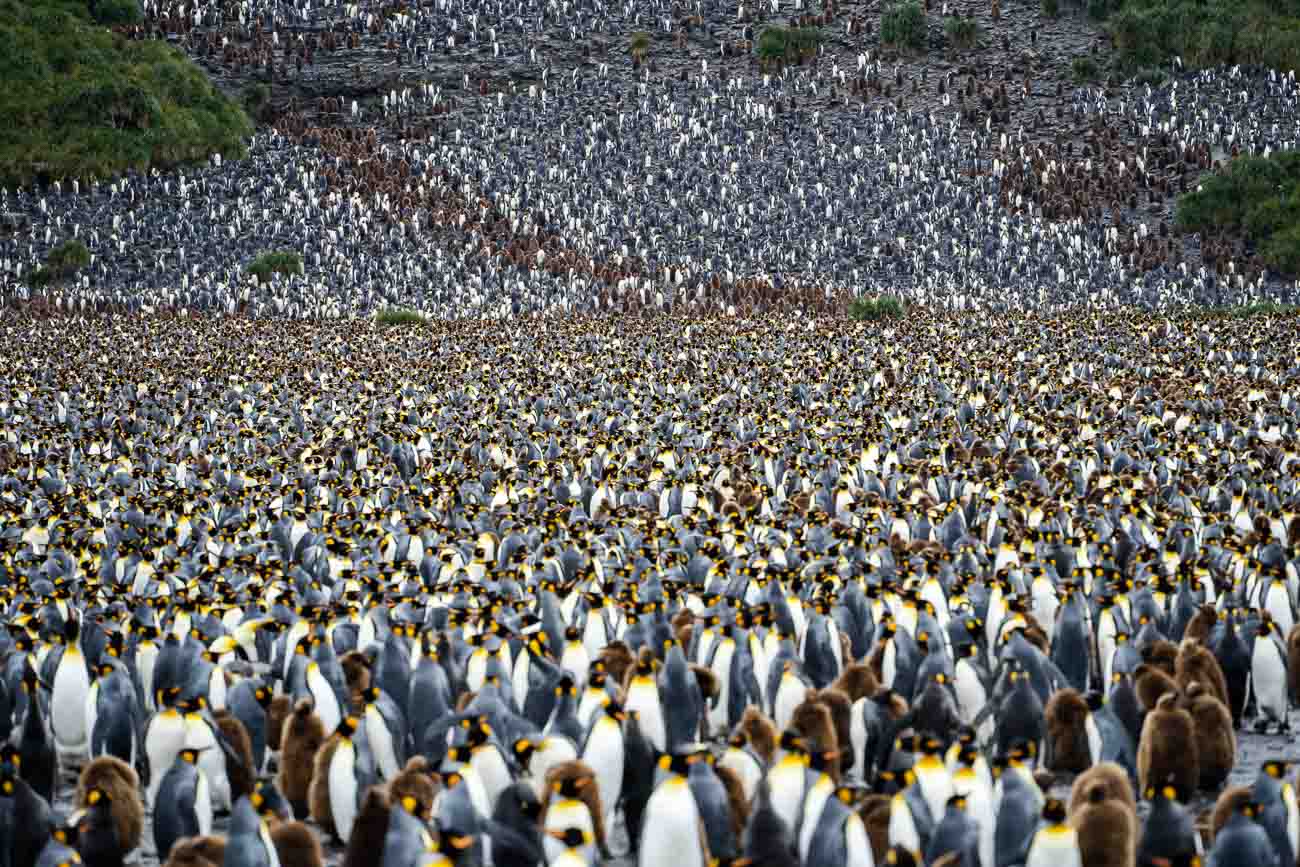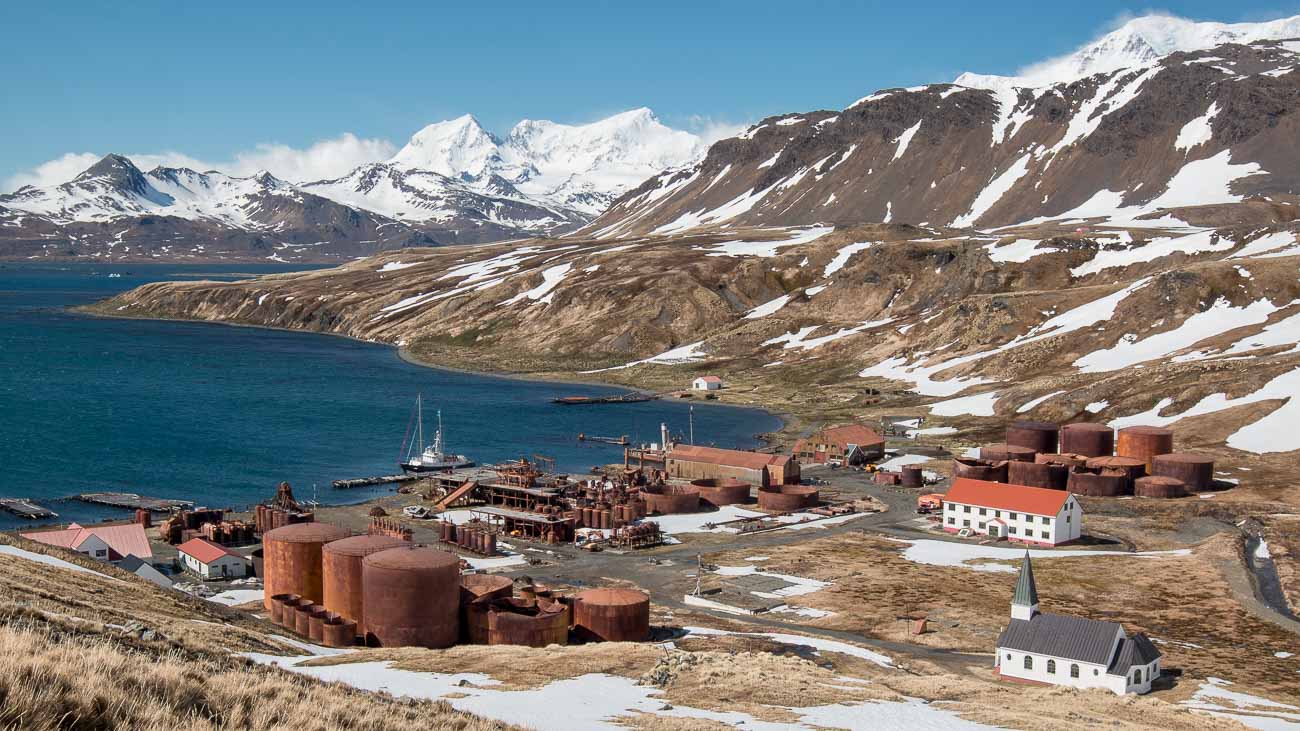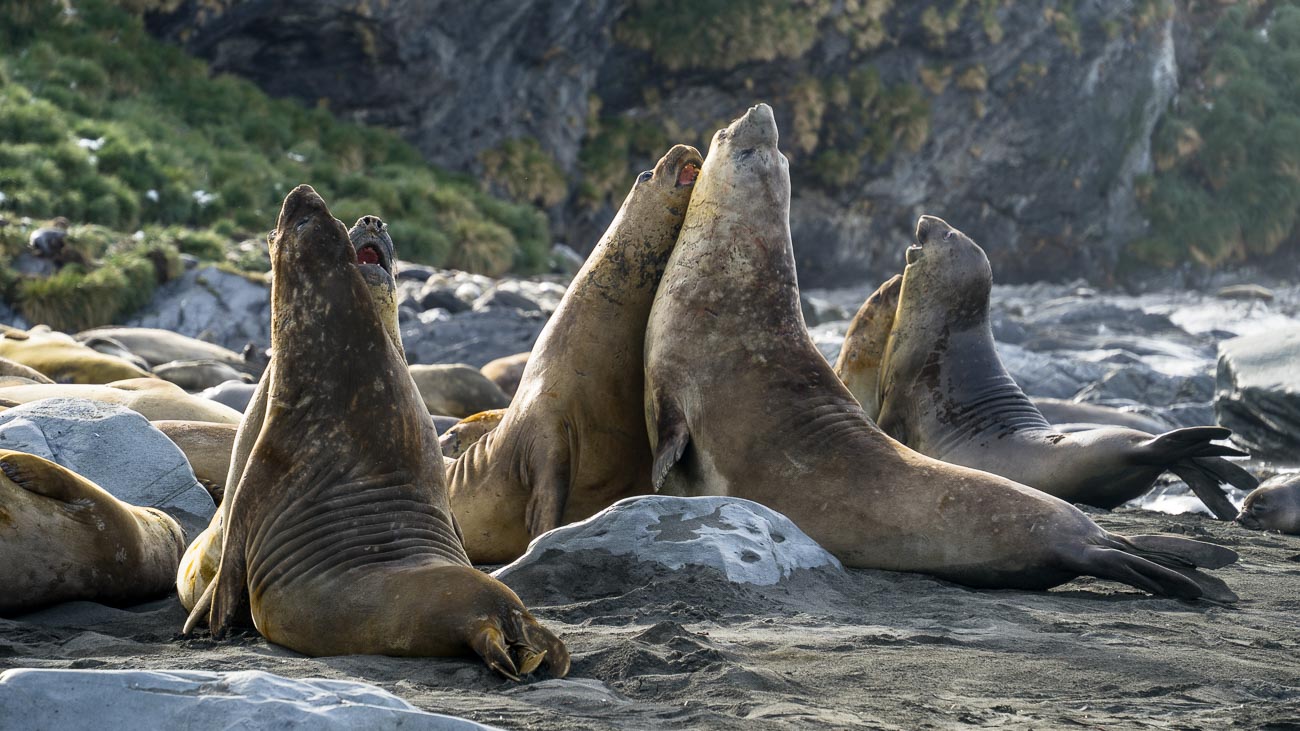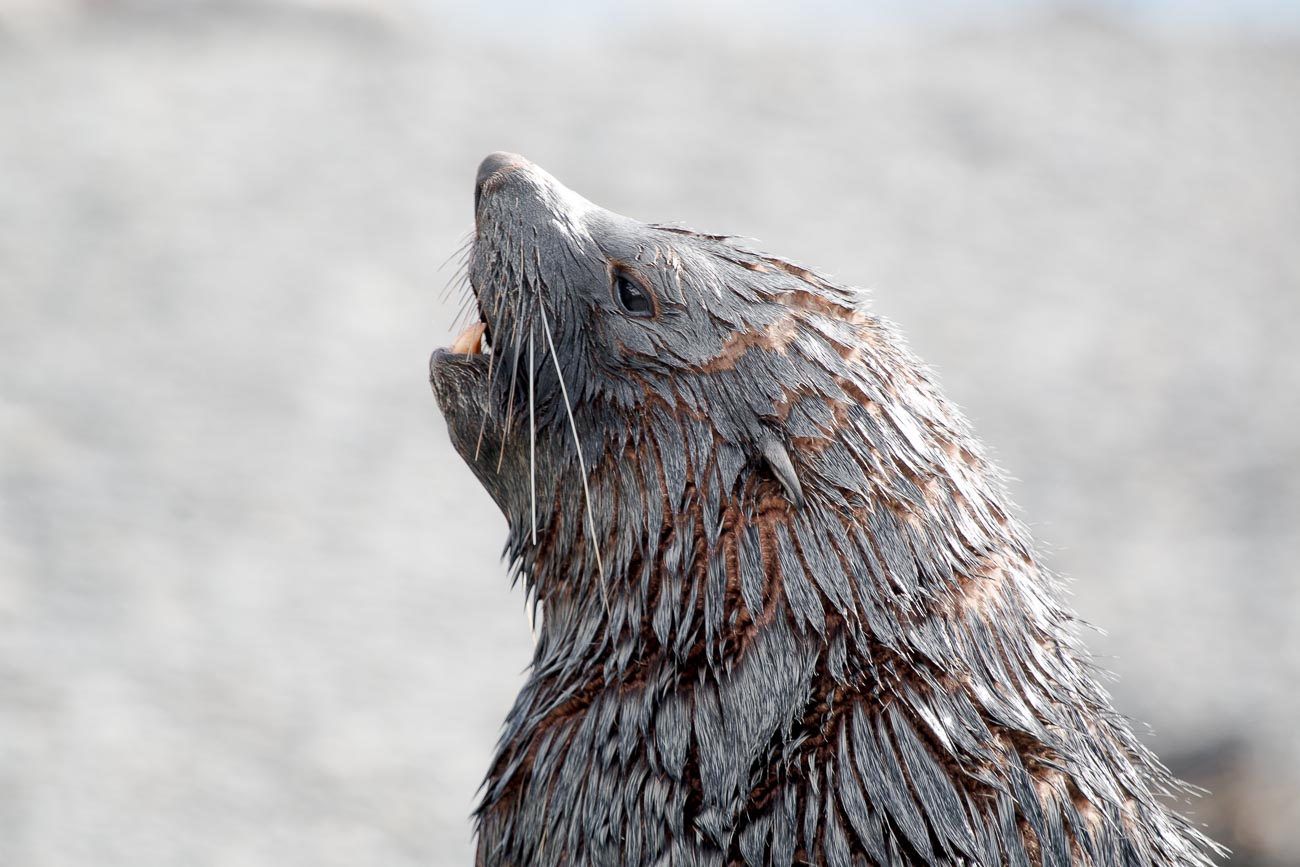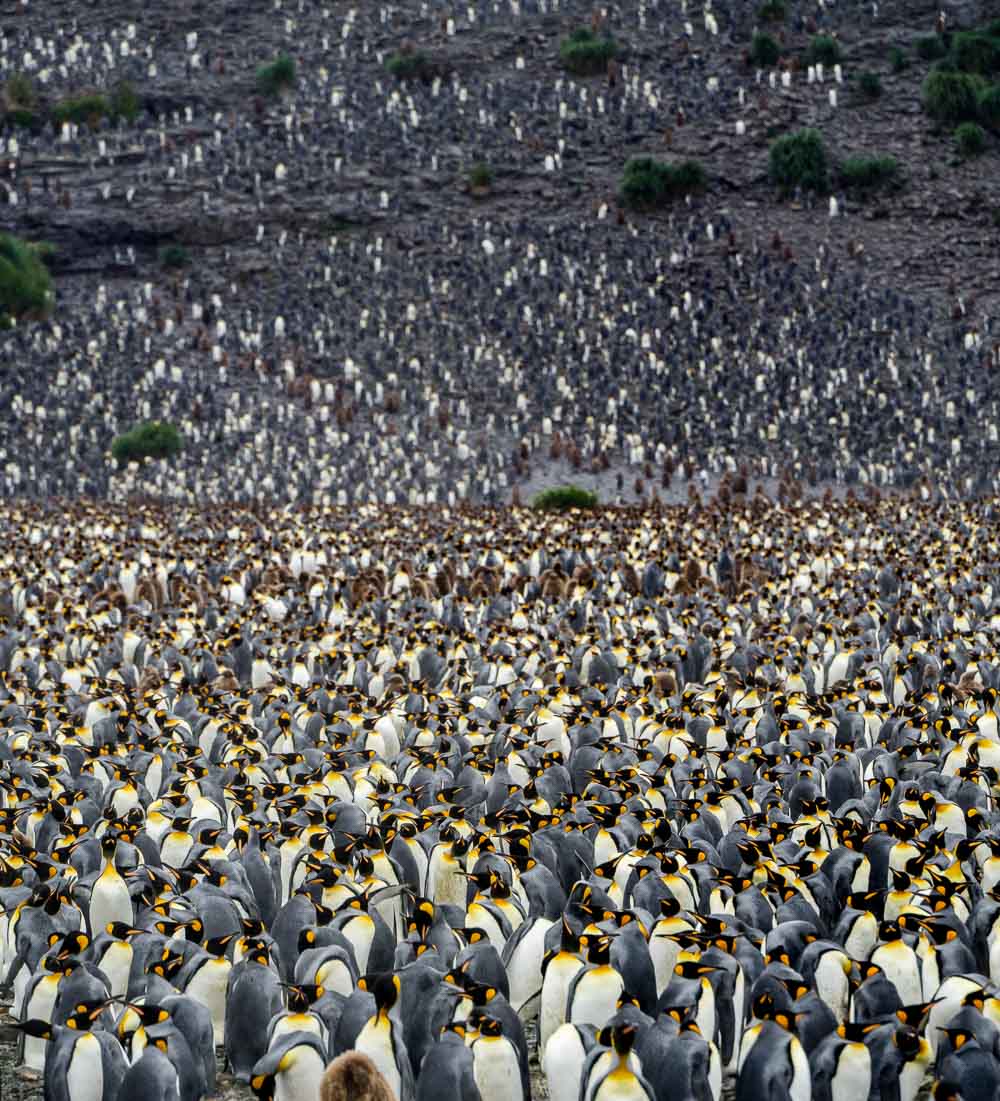
DISCOVERING SOUTH GEORGIA
DISCOVERING SOUTH GEORGIA
DISCOVERING SOUTH GEORGIA
DISCOVERING SOUTH GEORGIA
Why visit South Georgia ?
For those who have been to Africa, South Georgia is often nicknamed the “Serengeti” of the South! You understand that most people wish to visit for its astounding abundance of wildlife.
Even if South Georgia is not Antarctica, the islands lie in the Southern Ocean, taking advantage of the rich resources of the Antarctic waters.
We used to say that this British overseas territory was a part of the sub Antarctic area. As always, the islands of the polar regions and subpolar regions are not very rich in term of biodiversity, however, some of them, like South Georgia, host a mind-blowing number of animals. Which explains the reason for its fame today!
Which itinerary ?
It is not possible to fly to South Georgia. Thankfully, otherwise this gem would become a zoo! You need to earn your right to visit it! There are basically two ways to get there, by ship only.
The first is what I call the “big loop”. This includes a departure from Ushuaia in Argentina, a few days around the peninsula, one day, two or three around the Falkland Islands, and three, four or five days around South Georgia. For a count of 18 to 21 days in total. You will spend half of your time at sea, as South Georgia is 2000km (1200 miles) away from Ushuaia and 1400km (875 miles) from Port Stanley in the Falkland.
The second option is a trip focused on South Georgia only, where you visit South Georgia departing from Port Stanley in the Falkland Islands or from Ushuaia. You’ll also spend a few days visiting the Falkland Islands on the way. The trip averages 9 or 10 days roundtrip.
Example of an itinerary that I led that visited South Georgia.
What can you see ?
Landscape
The South Georgia’s coat of arms summarizes the main features of the islands: the tussock (a kind of green grass), rocks, and ice! The mountain ranges are beautiful and wherever you look, all the peaks are dusted with snow. Although glaciers are receding, South Georgia are still half covered by glaciers, while the entire archipelago was fully covered by ice during the last ice age. As ice retreated, plant life could thrive on the coastline, and animals have taken over the new formed plains...
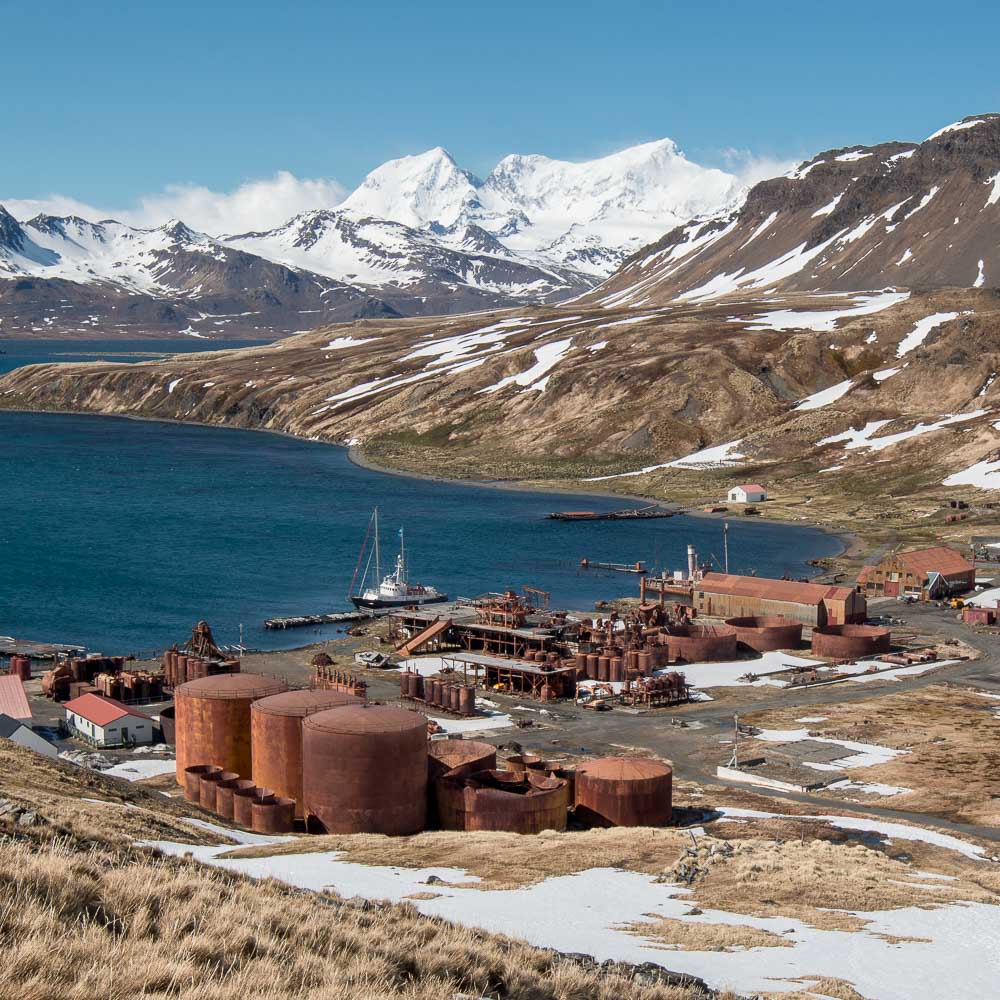
Grytviken, the largest whaling station of the Southern hemisphere closed in the 1960's
Wildlife
Penguins
That’s definitely a world of penguins! The biggest rookeries of King penguins of the planet breed on the beaches of South Georgia! There are roughly one million of these birds!
Apart from the King penguins, that gives fame and glory to the place, you will also find around one million pairs of Macaroni penguins; one hundred thousand pairs of Gentoo penguins; and a few thousand pairs of Chinstrap penguins.
When I travel the “big loop”, I usually manage to see all seven species of penguins in the breeding area during this long journey!
Whales
Offshore, if you are lucky, you can sometimes observe the mythic Southern right whale! With even more luck, a Blue whale can be spotted. I have seen also Humpbacks, Minke whales, fins and seis whales in these waters.
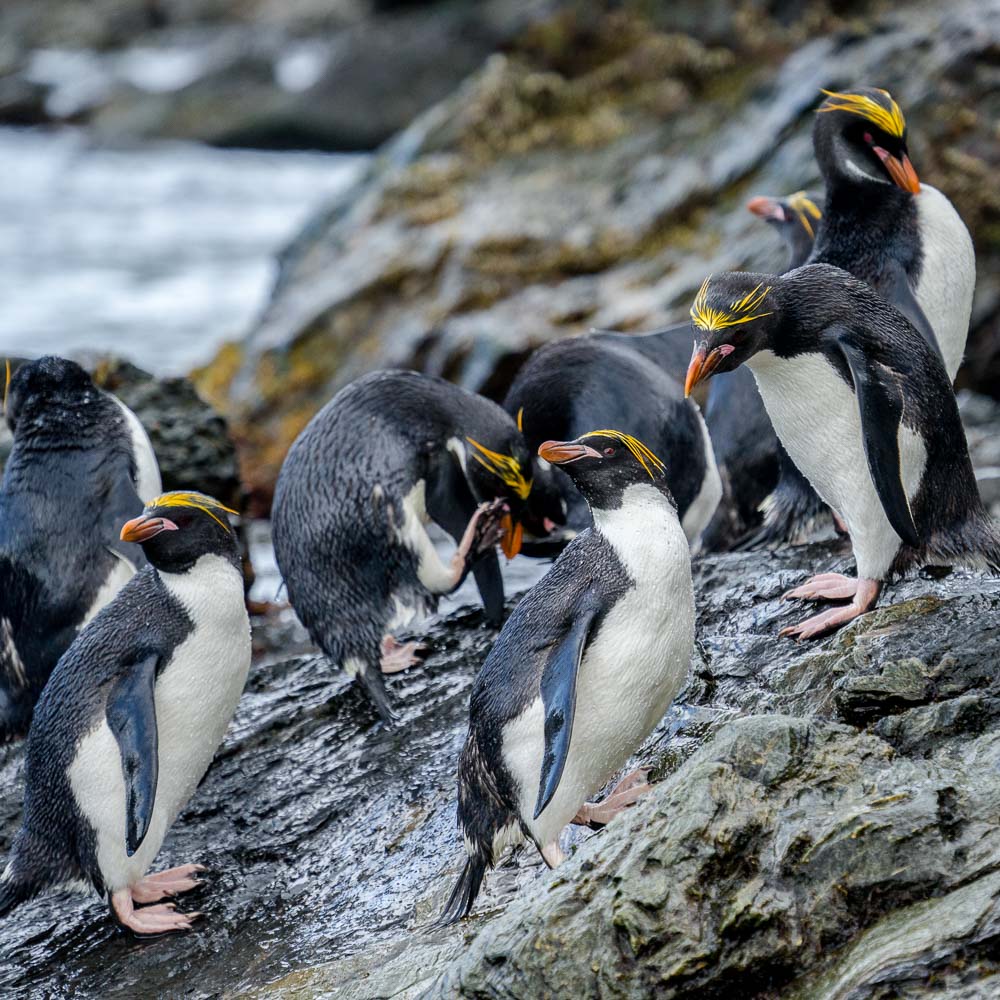
Macaroni penguins at Cooper bay
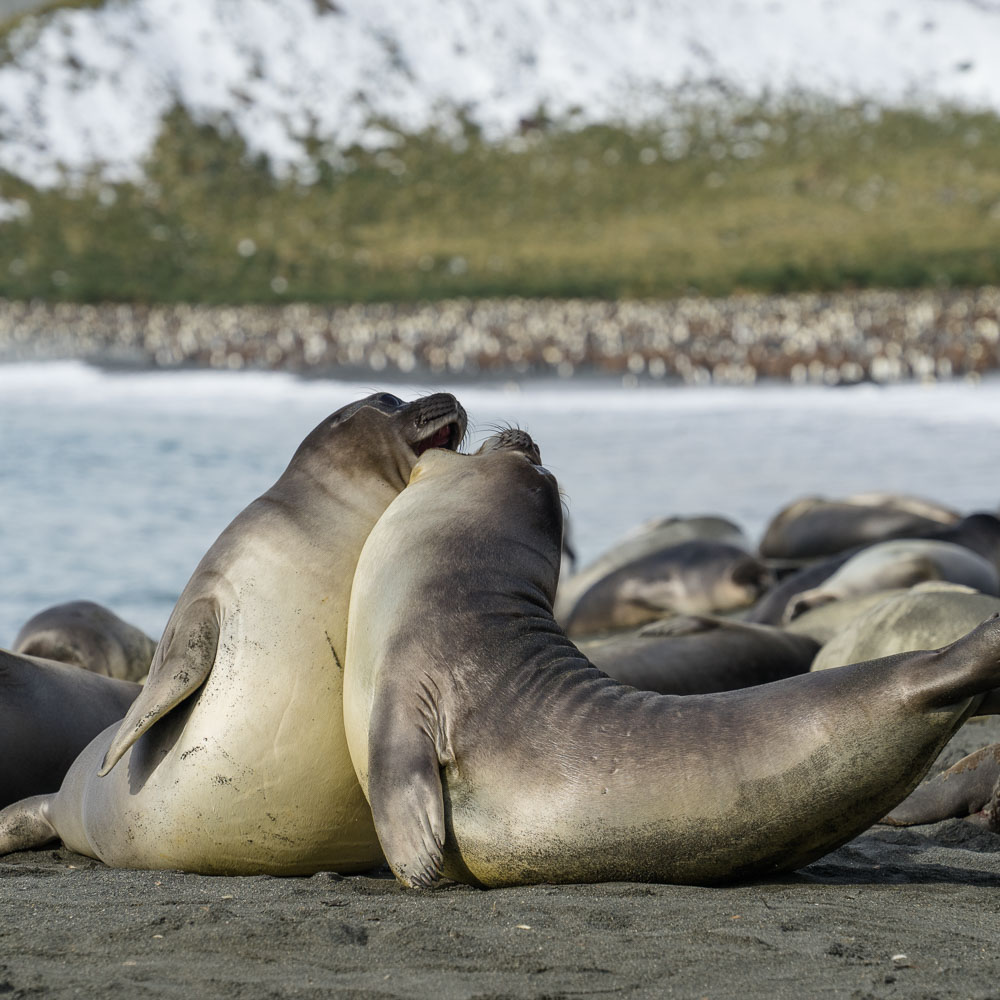
Jousting is in the blood of these elephant seals pups, here at Gold harbour
Seals
Yes, the biggest seals of the planet, the Southern elephant seal, complete their breeding cycles there! The fights between the alpha males happen at the start of the season in September, but you won’t be able to see that, as the touristic season by ship starts one or two months later to avoid the frequent and bad weather system from the end of winter. However, you will undoubtedly see thousands of elephant seals, mostly beta males, juveniles and females.
The Antarctic fur seal species has recovered a lot since the hunting times. So much so, that they’ve now become a pest on the shoreline! The beaches are mined with bulls ready to grab and bite anything that enters their territory! You’ll also see thousands of them!
The northernmost Weddell seals breed in the South of the main island, but you cannot see them every time. On some rare occasions, you can also see some leopard seals!
Flying Birds
This is the exact latitude where you find the family of birds with the largest wingspan of the planet: Albatrosses! During a good trip, you can see four different species of albatross in South Georgia: Wandering (holding the wingspan’s record), Sooty mantled, Grey-headed and Black-browed… On some occasions, you can even approach them while they’re sitting on their nests!
Giant petrels, shearwaters, skuas, gulls, prions are present too. Mind the endemic duck (South Georgia pintail) and the only passerine in Antarctic waters (the South Georgia pipit).
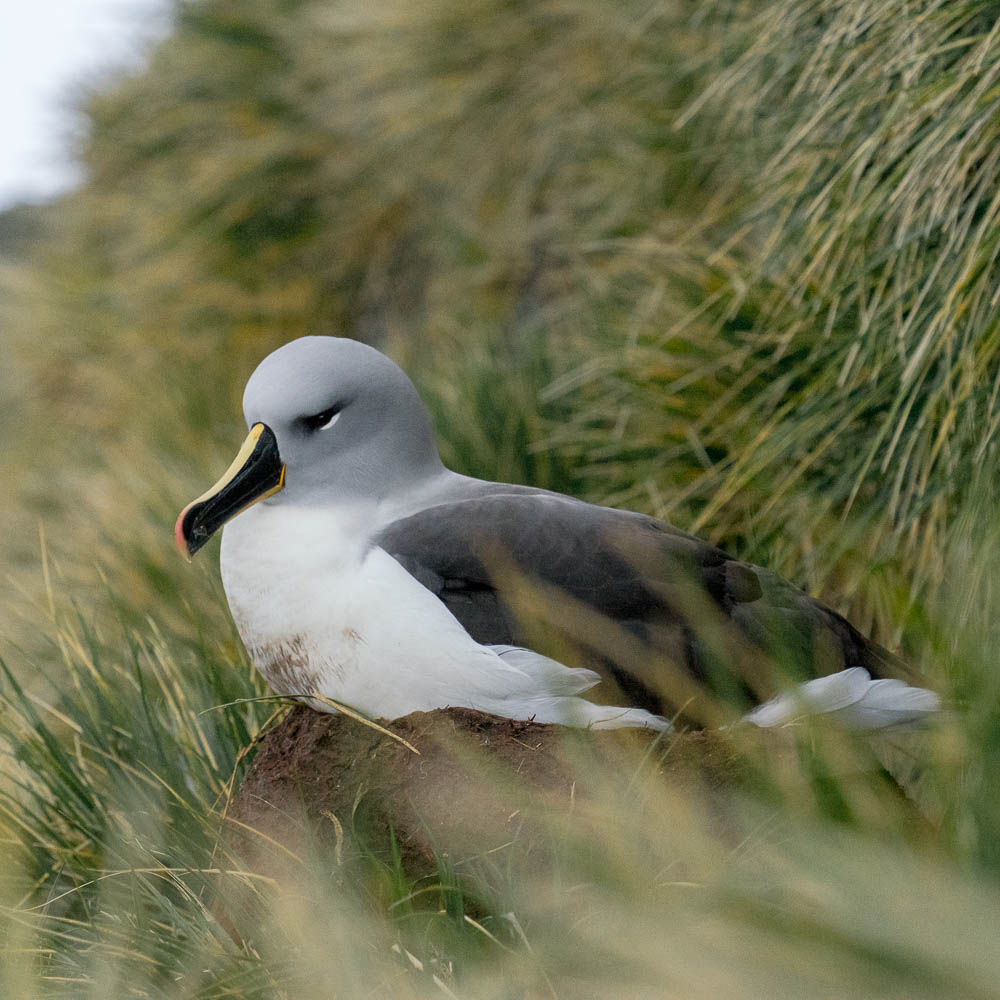
A gray-headed albatross nesting in the bay of Elsehul
Human history
When James Cook officially discovered South Georgia in 1775, during his circumnavigation of the globe through the frigid Antarctic waters, he described a multitude of wildlife and seals. Then the area of sealing and whale hunting started in the late XVIIIth century and ended in the mid XXth century. The whole coastline of South Georgia shows testimony to that dramatic period of time. Numerous pots, rusty tools, chains, and huge stations still stand from the whaling time: among them, the biggest whaling station that ever existed in the Southern hemisphere.
Of course, we do not forget the history related to polar exploration and to Shackleton’s tragedy. His tombstone and grave are located in the cemetery at Grytviken and are visited each year by thousands of travelers. The Stromness whaling station, where he ended his self-rescue, is still standing and it is even sometimes possible to walk in his footsteps by traveling part of the itinerary he took when he crossed over the main island.
The islands today are British. There is even a post office. Yes, there is a post office, which is very useful for Great Britain to reinforce their sovereignty over the archipelago. You can buy stamps that clearly show their claim and possession of the islands.
Two scientific stations are permanently occupied and run around the clock the whole year round. You can pass by one of them (King Edward point) and, on some occasions, even walk around the exterior, but of course the station itself is closed to visitors.
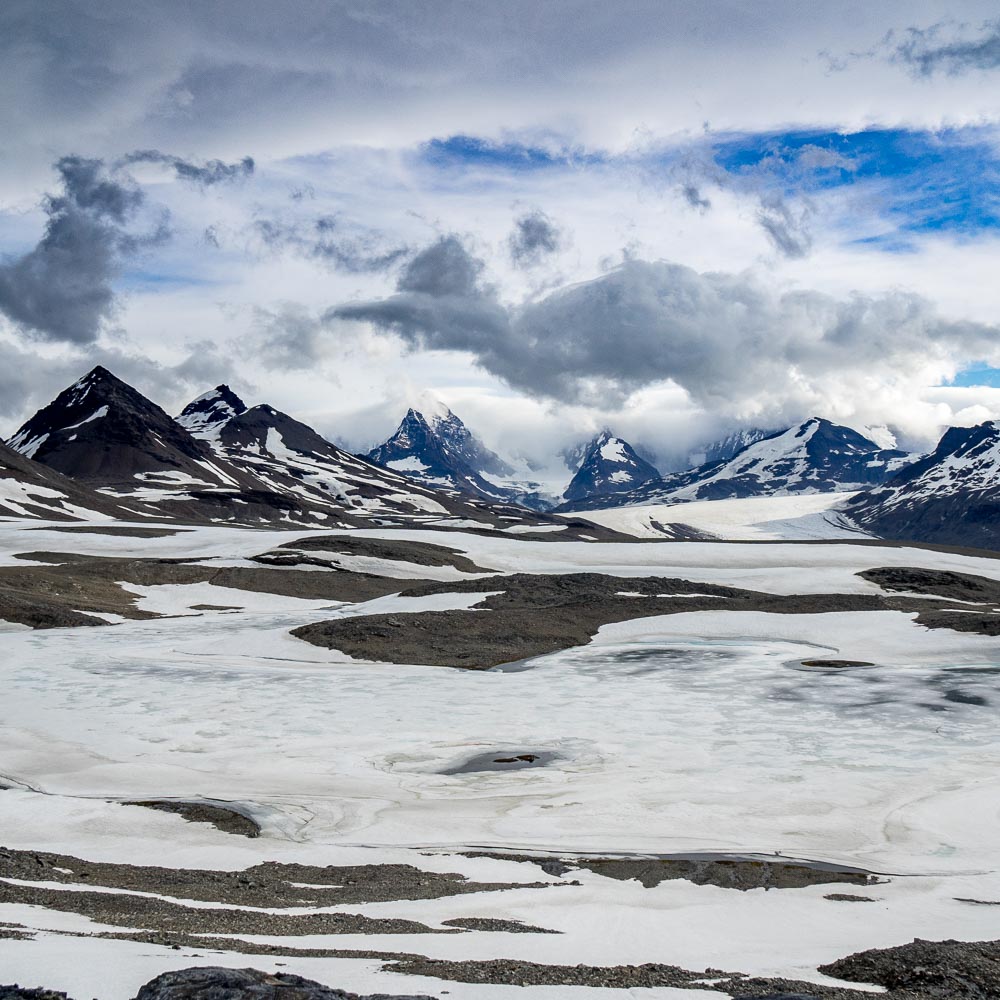
Tom Crean's lake is named after Shackleton's best team member along the "Shackleton route"
What is the best time to visit South Georgia ?
Don’t worry about seeing King penguins, as their breeding cycle (unique among all penguin species, up to 15 months long) requires them to be on the island the whole year round. So, whatever period you visit in the summer time, you will see a lot of them!
October/November
Well, the first trips of the season start in October/November. As usual, around the Southern Ocean, I prefer to avoid going there too early, as storms are still frequent. The climate is very mild, and the temperature is often above freezing point, although winds can be strong and completely unexpected.
You might see the coastline covered with a little bit of snow. This does not last for a long period of time, as it melts quite fast and frequent summer rains will speed it along. It can be a good time to travel if you want to increase your chances to see King penguins surrounded by snow. However, I do not like traveling this time of the year, as it directly corresponds with the beginning of the Antarctic fur seal’s breeding cycle. As I mentioned before, bulls are like mines along the shoreline, full of testosterone and ready to bite and to chase anyone! They compete with other males to protect their territory waiting for the arrival of the females.
In October, you might have more chances to see the big bull elephant seals too, as they leave the area just after mating, and this is the time to see elephant seals with their harems.
December
The climate is milder, normally a bit more stable. There won’t be any more snow on the coastline. The alpha male elephant seals are gone. You will, however, see a lot elephant seals, like immature males and a lot of cows with their pups. Antarctic male fur seals are still present but a bit less problematic as harems are formed and they do not need to compete for their territory. Mid-December is the pic of babies fur seal’s birth.
January/February
A much quieter time, as the bulls of Antarctic fur seals are gone. They have been replaced by thousands of baby furs seals that are super cute! It’s really funny to watch them, attempting to imitate the adults! January is the pick of summer. I enjoy it very much.
March
That’s the end of the season already. The climate is changing and worsening with more wind coming from the Drake passage. It already begins snowing when it is not raining. The wildlife however, in terms of numbers, is still very impressive.
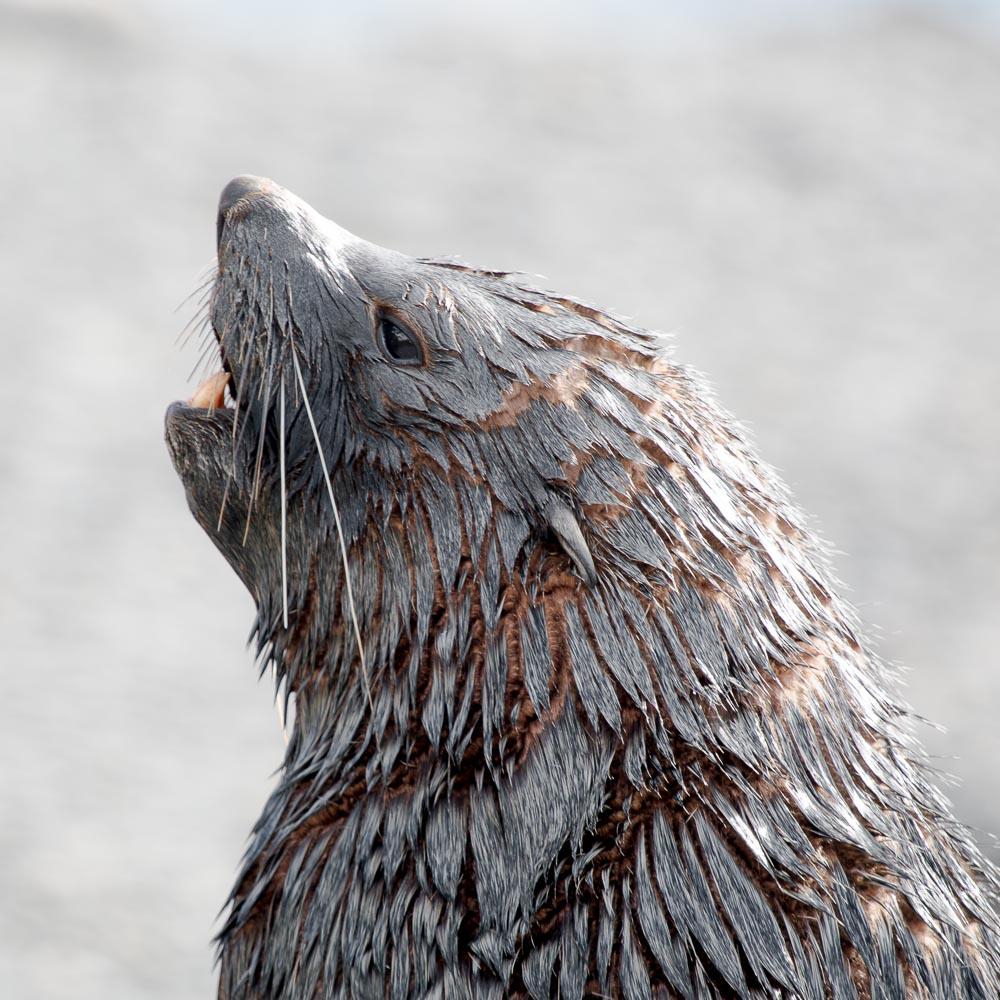
A bull Antarctic fur seal coming from the sea, ready to defend his territory.
Any doubts, questions, or more informations?
Contact mePlease find below a few books that I recommend. If you must only choose one, the visitor's guide will give you a very good overview about the history, geology, wildlife and politics of the islands. Of course, a few readings about Shackleton's adventure can't hurt ;-) Enjoy!
as an Amazon associate I earn from qualifying purchases
Book
A Visitor's Guide to South Georgia
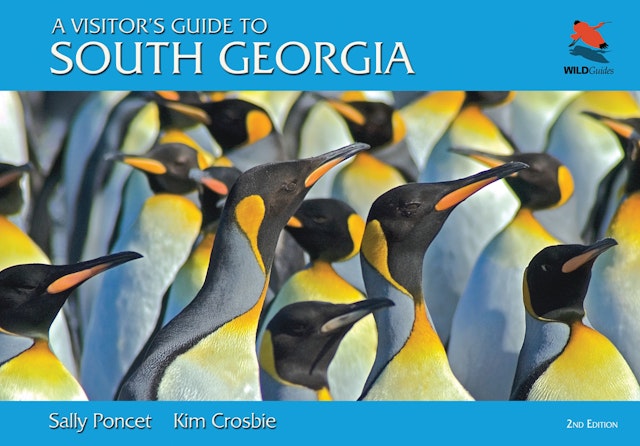
By Sally Poncet & Kim Crosbie
An excellent field guide for all of those interested about South Georgia. The short book covers all topics : natural and human history, wildlife...
I highly recommend you to get it for your trip to this gem of the great South.
Book
The complete guide to Antarctic wildlife
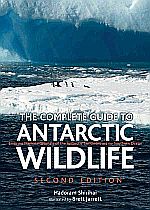
By Hadoram shirihai
Alula Press editions
This guide deals with the identification, biology and distribution of the fauna of the Antarctic and subantarctic area and also presents the main archipelagos and continental sectors (geology, inventoried species, numbers, conservation).
The quality and richness of the information is clear and accessible. The different parts are well structured, the photos of excellent quality and the illustrations worthy of the best naturalist guides. The amount of data and criteria available is impressive. Complete, superbly illustrated, dense and up-to-date, it is the essential work for anyone interested in polar fauna. A must-have that has proven itself.
Book
South: the Endurance expedition

By Sir Ernest Shackleton
Considered the greatest adventure of all time (like the "worst trip in the world"), Shackleton's tale is a real lesson in survival, where the triumph of will takes full volume here. Everything seems to be constantly lost, physical exhaustion is total, the climatic and human conditions unforgiving. Despite this, the Irish explorer struggled perpetually to save his men from the ice but also from themselves, in an enterprise that was totally doomed to failure. Shackleton is however careful not to confide too much, which gives his story a certain distance from the reader. A compulsory and anthological literary monument from start to finish.
Book
Frank Hurley: a photographer’s life
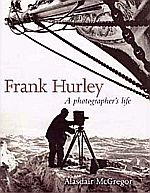
By Alasdair McGregor
Viking Australia editions
Is it still necessary to present Franck Hurley? A photographic testimony to the Endurance tragedy, the terrible wintering of Mawson and many other adventures that marked the golden age of polar explorers.
Alasdair McGregor's monumental work is an unmissable work that compiles the most famous and most confidential photos of Hurley. He also describes with precision his progressive implication in the British and Australian polar expeditions but also on the battlefields of the First World War. The author also discusses the technical approach of F. Hurley, including his "controversial" qualities as a photo editor. Difficult to escape from this work for anyone who wants to build a polar library worthy of the name.
Book
An unsung hero

Written by Michael Smith.
This is a remarkable book about a remarkable man.
What I appreciate the most in this story, is that you learn about three different polar expeditions, involving, Scott, Shackleton and the race to the South Pole. If you are interested about the heroic age of Antarctic exploration, that story is a must.
You will learn also what made Tom Crean so special: a strong man, always ready to go, with a permanent enthusiasm and smile on his face. He was very humble too.
He saved some of his mate's life, and he is the one who found Scott's dead body in his tent after he reached the South Pole.
The book is an easy one to read and is very well documented.
